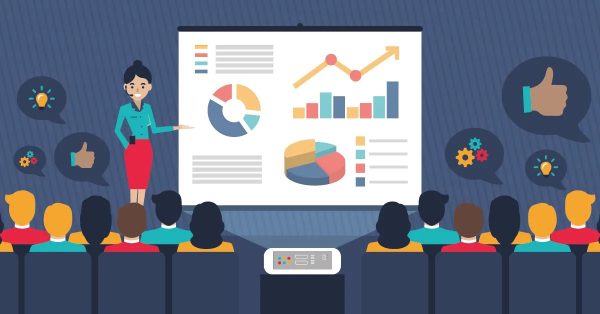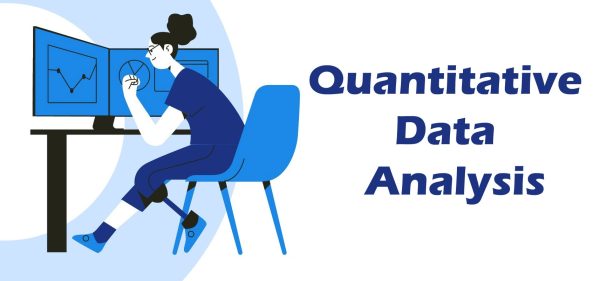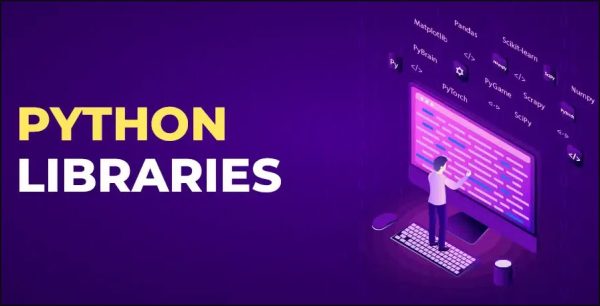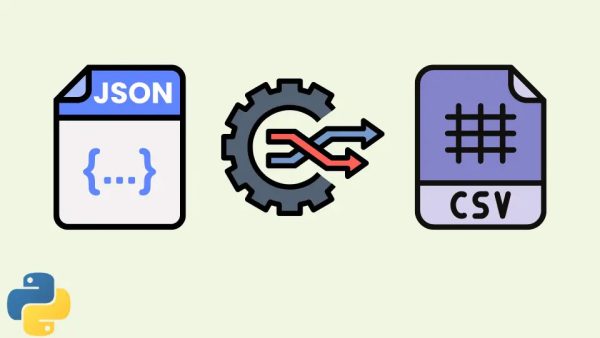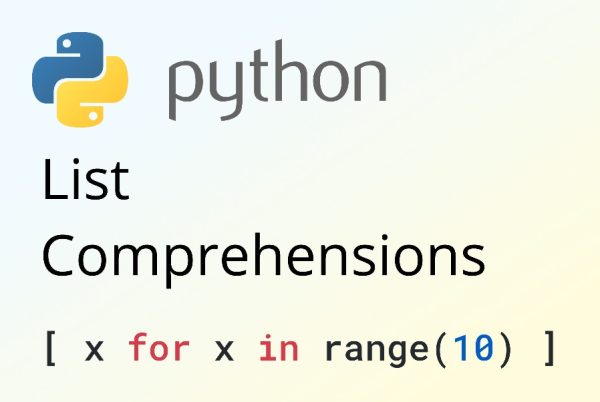Making Sense of Data Science: 5 Key Skills Every Data-Driven Company Needs
In today’s digital-first world, data is being generated at an unprecedented pace—so much so that it’s often referred to as the “new oil.” But raw data alone isn’t valuable until it’s analyzed and transformed into meaningful insights. Across industries—finance, healthcare, retail, tech, and beyond—companies rely on data to make smarter, faster, and more informed decisions….
How to Ace Behavior-Based Interview Questions: The STAR Method Explained
In today’s competitive world, companies don’t just hire candidates for their technical skills—they look for problem solvers. Employers want professionals who can handle real-life business challenges, work well in teams, and communicate clearly. That’s why behavior-based interview questions play a big role in the hiring process. Behavior-Based Interview Questions help interviewers assess whether you’re the…
How to Improve Your People Management Skills for Better Workplace Collaboration?
In today’s fast-paced and constantly evolving work environment, people management has become one of the most valuable skills for professionals—especially those aiming to become successful team leaders or managers. It’s no longer just about assigning tasks and expecting results. Effective people management is about guiding, supporting, motivating, and collaborating with individuals so they perform at…
How Better Presentation Skills Can Fast-Track Your Promotion?
In today’s highly competitive work environment, having strong technical skills is just the starting point. What truly sets professionals apart—especially when it comes to getting noticed and promoted—is their ability to communicate effectively. And this is where presentation skills come into play. No matter what role or industry you are in, if you want to…
What Skills Do You Look for in a Data Science Leader?
The world is becoming digitalized nowadays. Companies from all sectors rely on data to make informed decisions to achieve their business objectives. Data is being generated in large volumes, and data is changing very rapidly. Companies need a Data Science Leader who can handle a large volume of data and extract valuable information from the…
Quantitative Data Analysis: Explained in the Simplest Way
In today’s data-driven world, numbers speak louder than words. Whether you’re tracking your daily steps, analyzing your monthly expenses, or making big business decisions, numbers help you understand what’s really happening. That’s where Quantitative Data Analysis comes into play. This blog will walk you through everything you need to know about quantitative analysis—even if you’re…
Top 5 Python Libraries for Data Science You Must Learn
Python has become the go-to programming language for data science. It’s beginner-friendly, versatile, and backed by a strong community. But what truly powers Python’s dominance in data science is its libraries—pre-built modules that handle complex tasks so you can focus on solving real-world problems. In this blog, we’ll explore the top 5 Python libraries every…
How to Write Clean and Efficient Python Code?
It’s a great feeling when your code works. But writing code that is clean, efficient, and easy to understand? That’s what separates a beginner from a pro. Clean code is easy to read, maintain, and scale. Efficient code runs faster and consumes fewer resources. In this guide, we’ll walk you through practical and beginner-friendly tips…
Handling JSON and CSV Files in Python for Beginners
If you’re learning Python and want to gain real-world, job-ready skills, one of the best places to start is working with data files. Two of the most common formats you’ll encounter are CSV (Comma-Separated Values) and JSON (JavaScript Object Notation). These formats are everywhere—in spreadsheets, APIs, web applications, and data pipelines. This beginner-friendly guide will…
Python List Comprehensions Explained with Real-Life Examples
If you’ve ever made a shopping list, a to-do list, or even a playlist, you already understand the concept behind Python list comprehensions. They allow you to build new lists from existing data — quickly, concisely, and intuitively. In this article, we’ll demystify list comprehensions with real-world examples you can relate to. Whether you’re a…





